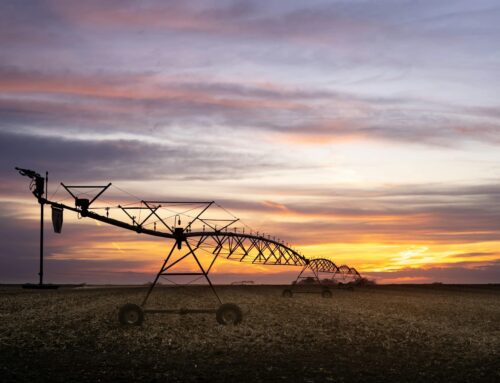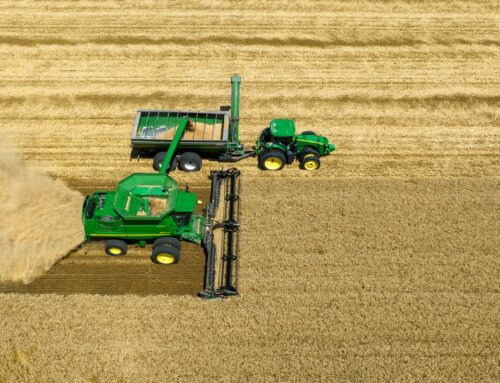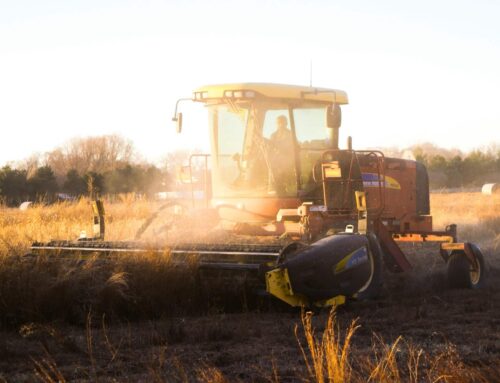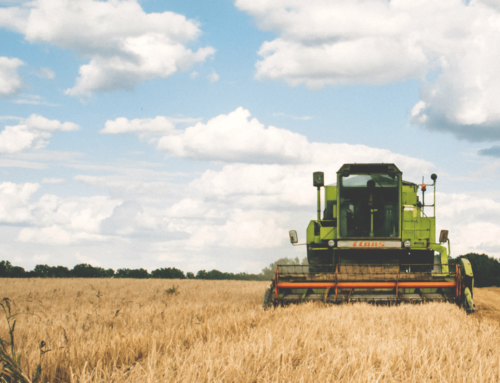While much of Washington is bracing for across-the-board cuts, the Agriculture Committees are looking to harvest even more cash for their favored constituents.
We’re just now seeing the real impacts of the 2012 drought. Even before counting the dozens of programs that send payments from the Treasury, for the agriculture sector, it was actually one of the most profitable years ever. And while agricultural businesses were reveling in record crop prices, your wallet was being lightened through a record $14 billion tab for federally subsidized crop insurance. It doesn’t stop there. While February is likely when you’re lining up your tax return, for crop insurance recipients it’s when they line up to see price guarantees for this year’s crop insurance. With record or near-record high prices being locked in, you can bet the farm taxpayers are going to be insuring record levels of farm income in 2013.
When some of the worst conditions in the field produce one of the best years for the bottom line, it should teach us a simple lesson – the agriculture “safety net” is too generous. Rather than a net catching folks before they crash, it’s a hammock nestling agribusinesses in a taxpayer-financed leisure through the good years and the bad. Farmers aren’t marching on Washington. It’s hard to complain when you had one of the best years in a generation and received $3 back for every $1 paid for your own crop insurance coverage.
But the leadership of the Agriculture Committees has taken a different lesson.
Long before the drought hit, the Republican and Democratic leaders of the House and Senate Agriculture Committees crafted a farm bill behind closed doors. Knowing the era of direct payments—where we pay owners of land simply because it used to receive subsidies— was about to end, they created new “shallow loss” entitlement programs and expanded crop insurance subsidies. While the drought spread across the country, the committees spread the cheer, piling on “margin” insurance for catfish and special carve-outs for popcorn, peanut, and poultry producers, trying to buy everyone off.
This makes no sense. Our agriculture policy needs to reflect the lessons of the drought. What programs worked? What didn’t? Are taxpayers shouldering too many risks? Did some farmers fall through the cracks because of Washington’s negligence, or did some simply gamble and lose? Simply picking up a trillion dollar Farm Bill, the bulk of which was written behind closed doors almost two years ago, won’t cut it. It’s time for a Farm Bill redo.
Thankfully, we have some breathing room to make common sense cuts. With the current farm bill extended until September 30, we have time to figure out what worked and what didn’t. Washington needs to eliminate duplicative and wasteful subsidies that unnecessarily contribute to our $16.5 trillion debt while crowding out private sector risk management solutions.
Taxpayers deserve an open and transparent farm bill debate based on the reality of our balance sheets and conditions in the back forty. A more cost-effective, transparent, accountable, and responsive agricultural safety net can be created. But Congress needs to take time to do its homework and learn a few lessons first. Swallowing the snake oil the Ag committees are selling? That’s a recipe for disaster.













Get Social